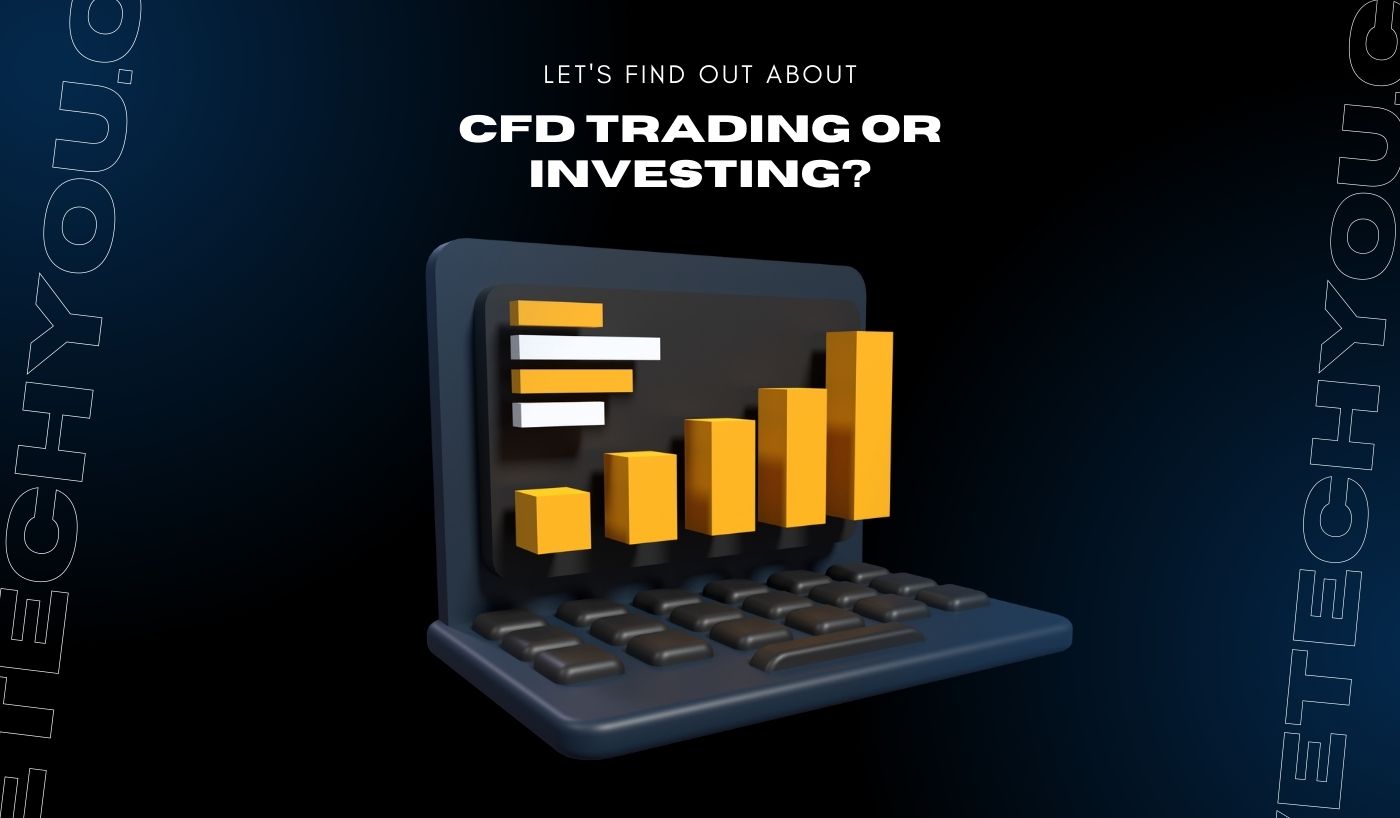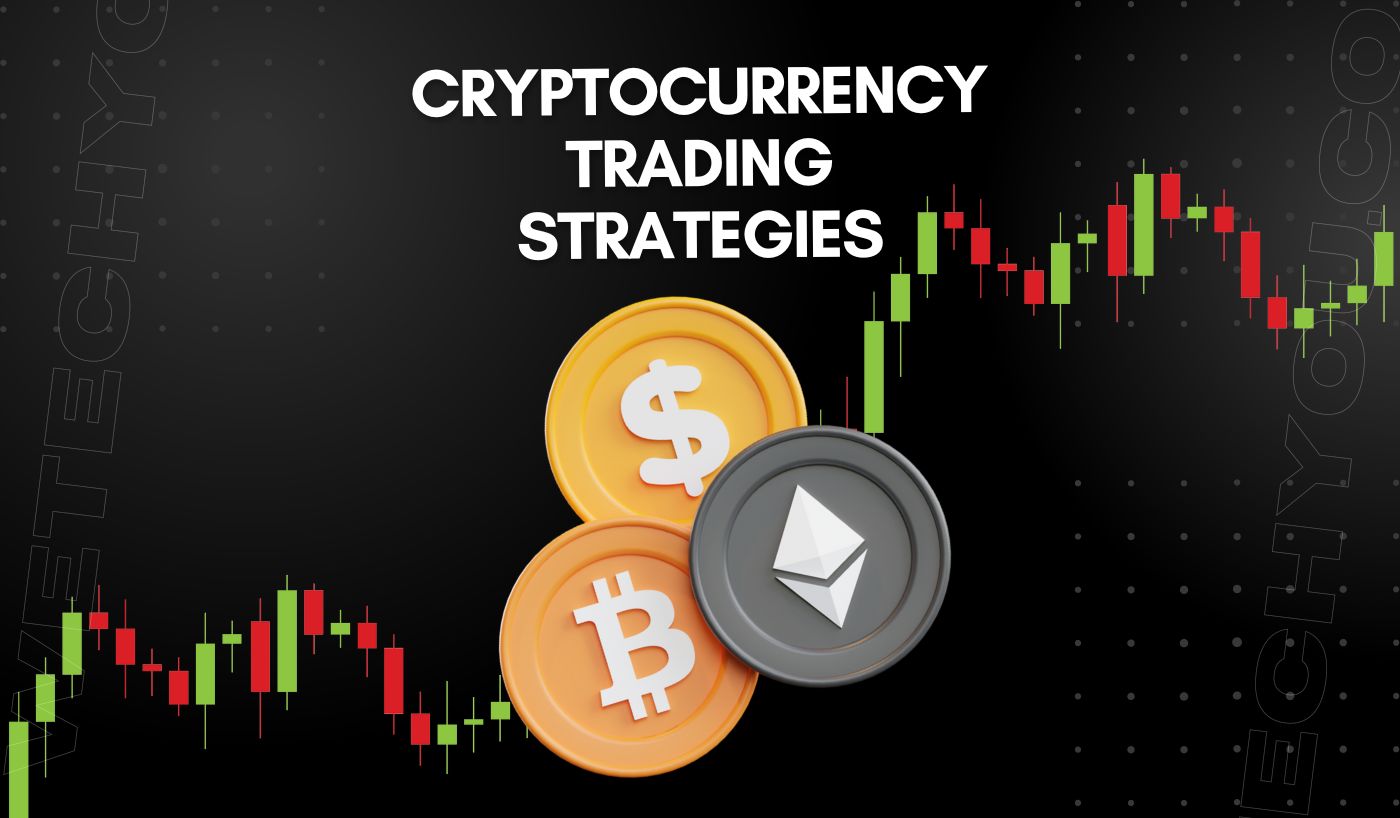Are you considering dipping your toes into the world of finance, but unsure of where to start? CFD (Contract for Difference) trading and investing are two popular options, each offering its own unique set of advantages and disadvantages. But what exactly sets them apart?
In this blog, I’ll take a closer look at both CFD trading and investing, breaking down their definitions, key differences, and weighing the pros and cons of each. Whether you’re a seasoned trader or just starting out, this guide will provide you with all the information you need to make an informed decision on which option is right for you. Get ready to explore the exciting world of finance!
Overview of CFD Trading and Investing: Key Differences and Considerations
In the world of financial investment, there are a multitude of options available to individuals looking to grow their wealth. CFD trading and traditional investing are two of the most popular options. While both offer the potential for financial gain, they differ significantly in their approach, risk profile, and the skills required to be successful.
What is CFD Trading?
A CFD is a type of financial instrument that enables traders to speculate on the price movements of an underlying asset. CFDs are traded on margin, meaning traders only need to put up a fraction of the total value of the trade. However, it is important to note that CFD trading is a speculative and high-risk investment, and traders should be aware of the potential for significant losses as well as gains.
What is Investing?
Investing is the act of purchasing an asset. Unlike CFDs, when you invest, you only benefit from the upside. Because you own the asset in whole or in part, you must be confident that its value will rise over time.
Differences Between CFD Trading and Investing
The level of control you have over the asset is a significant distinction between CFDs and investing. Unlike investments, which you directly own, CFDs allow you to indirectly possess a stake in an asset.
- Time Horizon: CFD trading is often a short-term speculative approach, while investment is a longer-term strategy.
- Risk: CFD trading is considered a high-risk investment due to its speculative nature and potential for large losses, while investment may carry a lower level of risk, but also a lower potential for returns.
- Leverage: CFD trading is often done on margin, meaning traders can trade with a smaller amount of capital and potentially magnify their returns or losses. Investing typically involves putting up the full amount of capital for the asset being purchased.
- Diversification: Investing allows for diversification across multiple assets and industries, reducing risk, while CFD trading is typically focused on a single underlying asset.
- Return Potential: CFD trading can offer the potential for large returns in a short period of time, while investment returns are typically slower and more steady.
Comparing CFD Trading with Traditional Investing Methods
The main advantage of traditional investing is that it is a lower-risk approach with more steady returns over the long term. Traditional investing requires a longer time horizon, as it takes time for the value to appreciate. It can also be more complex, as investors must have a good understanding of the underlying assets and market trends.
When comparing CFD trading to traditional investing, it’s important to consider factors such as risk tolerance, and understanding of the underlying asset. The main advantage of CFD trading is that it offers the potential for large returns in a short period of time. Traders can go long or short on an asset, meaning they can make money regardless of whether the market is going up or down. But traditional investing is a safer and more consistent investment strategy.
It’s also important to note that CFD trading is not suitable for everyone, as it requires a high level of discipline, risk tolerance, and emotional detachment. Moreover there are several misconceptions about CFD trading that can lead to confusion and unrealistic expectations.
- CFD trading is just gambling.
- It’s easy to make quick profits.
- CFDs are not regulated.
- You don’t need to understand the underlying asset.
- Leverage is always a good thing.
- CFDs are always better than traditional investments.
The Role of Leverage in CFD Trading
In CFD trading, leverage is a dynamic technique that enables traders to enhance exposure to the market while only investing a small portion of the total trade value. This means that traders can potentially make a larger profit or loss than they would if they had physically purchased the underlying asset.
However, leverage also amplifies risk, as traders must be prepared to accept the possibility of large losses. It’s important to use leverage wisely and to have a solid understanding of risk management strategies before engaging in CFD trading.
Factors to Consider for Smart Investing in CFDs
CFD trading can offer traders the opportunity to access global markets and potentially generate high returns. However, it is important for them to thoroughly consider a number of factors before engaging in CFD trading. By taking the time to consider these factors, traders can ensure they are well equipped to make informed and successful trading decisions.
Ultimately, traders who take the time to carefully consider these factors and educate themselves on the nuances of CFD trading are more likely to achieve success in this exciting and dynamic market. So, are you ready to navigate the world of CFD trading and potentially unlock new investment opportunities?




